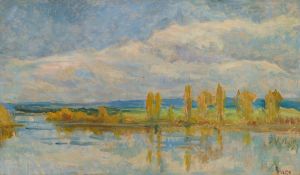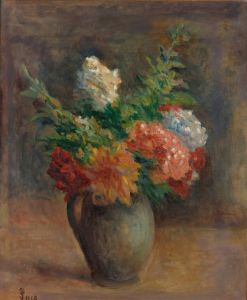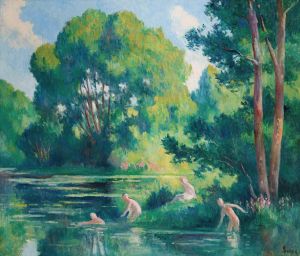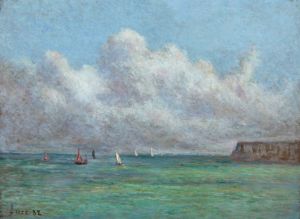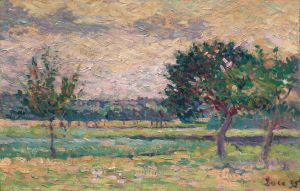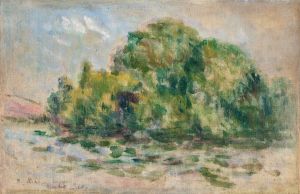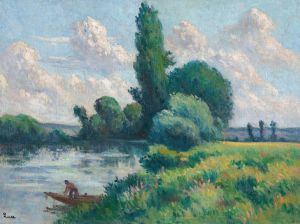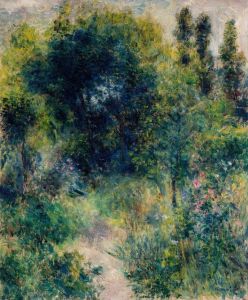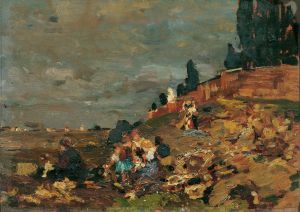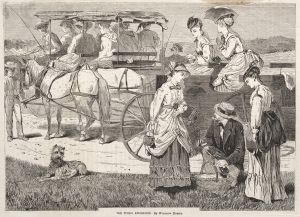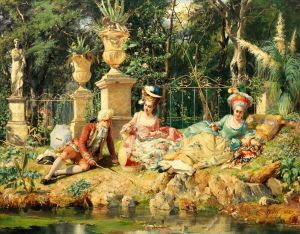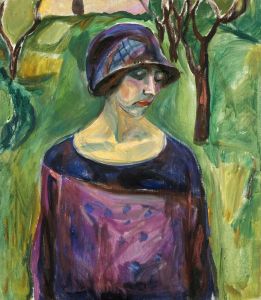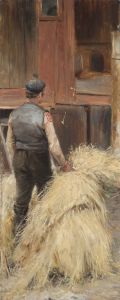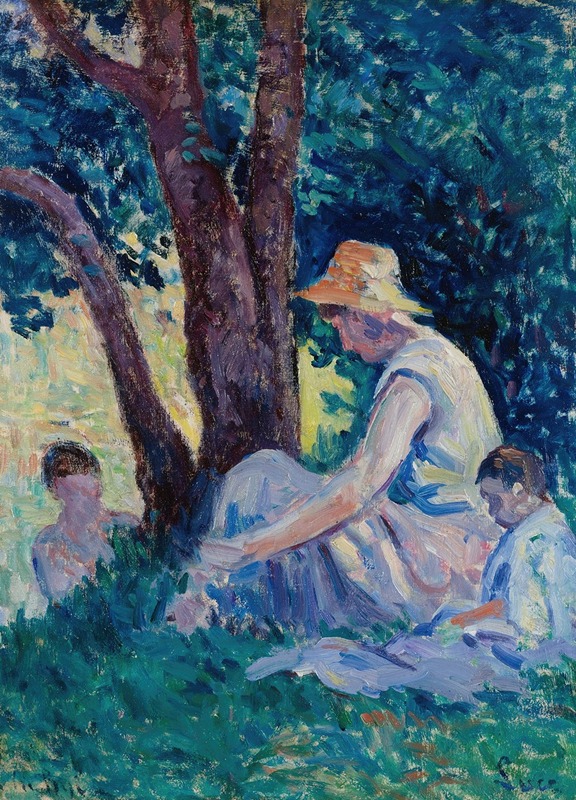
Bessy, un après-midi à la campagne
A hand-painted replica of Maximilien Luce’s masterpiece Bessy, un après-midi à la campagne, meticulously crafted by professional artists to capture the true essence of the original. Each piece is created with museum-quality canvas and rare mineral pigments, carefully painted by experienced artists with delicate brushstrokes and rich, layered colors to perfectly recreate the texture of the original artwork. Unlike machine-printed reproductions, this hand-painted version brings the painting to life, infused with the artist’s emotions and skill in every stroke. Whether for personal collection or home decoration, it instantly elevates the artistic atmosphere of any space.
Maximilien Luce was a French Neo-Impressionist artist known for his paintings, illustrations, and engravings. He was born on March 13, 1858, in Paris, France, and became associated with the Pointillist movement, which was characterized by the use of small, distinct dots of color applied in patterns to form an image. Luce was a contemporary of Georges Seurat and Paul Signac, and he shared their interest in the scientific study of color and light.
"Bessy, un après-midi à la campagne" is one of Luce's works that exemplifies his mastery of the Neo-Impressionist technique. While specific details about this particular painting are limited, it is consistent with Luce's broader body of work, which often depicted scenes of everyday life, landscapes, and urban environments. His paintings typically capture the vibrancy and dynamism of light, using the Pointillist technique to create a sense of movement and atmosphere.
Luce's art was deeply influenced by his political beliefs. He was an anarchist and often depicted the working class and scenes of labor in his works. This social consciousness is evident in many of his paintings, where he portrays the dignity and struggles of ordinary people. Although "Bessy, un après-midi à la campagne" may not directly reflect his political views, it is likely to share the same attention to detail and empathy for the subject matter that characterizes his other works.
The painting's title, which translates to "Bessy, an Afternoon in the Countryside," suggests a serene and pastoral setting. Luce's use of color and light would have been employed to capture the essence of a peaceful afternoon, possibly depicting a figure named Bessy enjoying the tranquility of the countryside. The painting would likely feature the lush greenery and natural beauty typical of rural France, rendered in the vibrant, dotted style of Pointillism.
Luce's contribution to the Neo-Impressionist movement was significant, as he helped to popularize the style and expand its thematic range. His works are celebrated for their technical precision, emotional depth, and commitment to social themes. Luce continued to paint and exhibit his works throughout his life, gaining recognition for his unique approach to capturing the world around him.
Maximilien Luce passed away on February 6, 1941, in Paris, leaving behind a legacy of art that continues to be studied and appreciated for its innovative use of color and light. His paintings, including "Bessy, un après-midi à la campagne," remain important examples of the Neo-Impressionist movement and its impact on the development of modern art.





